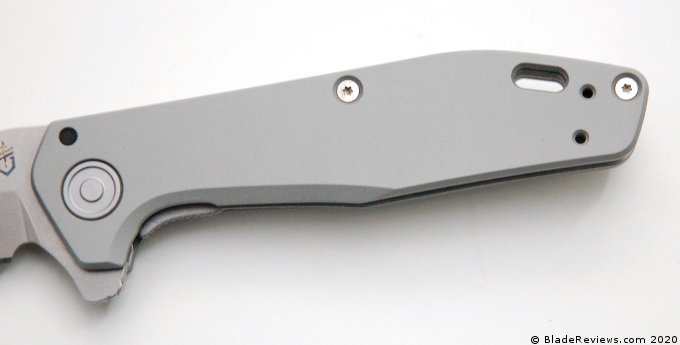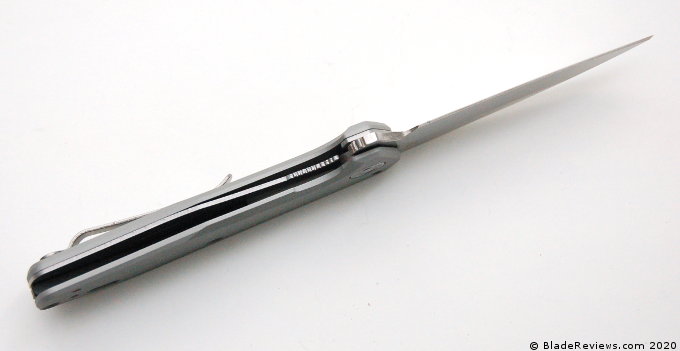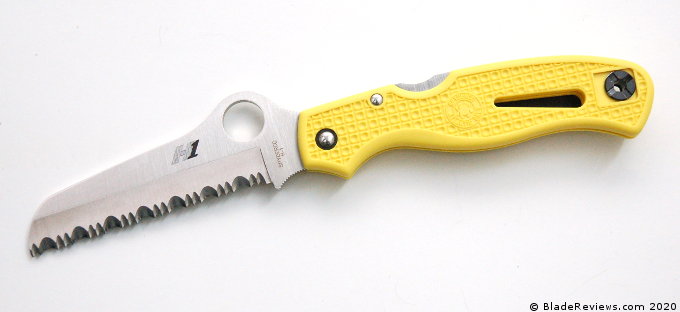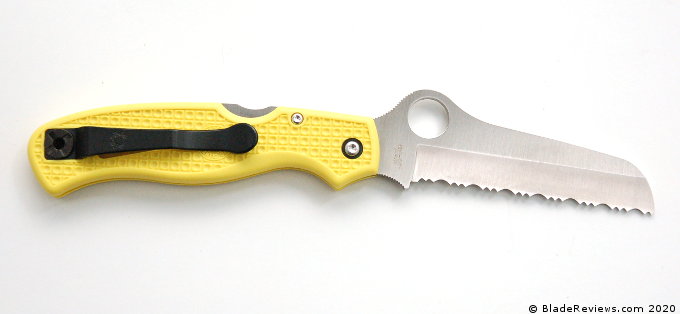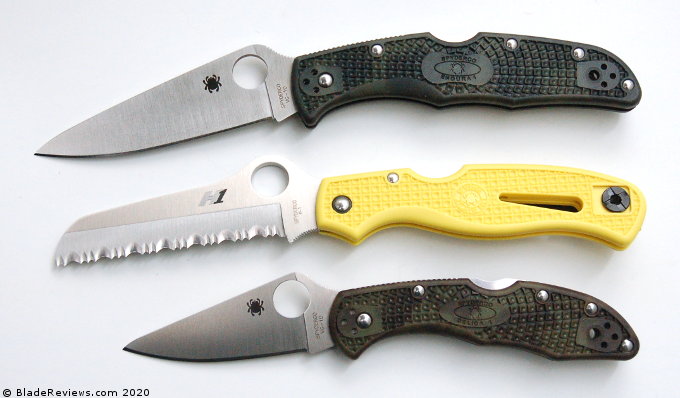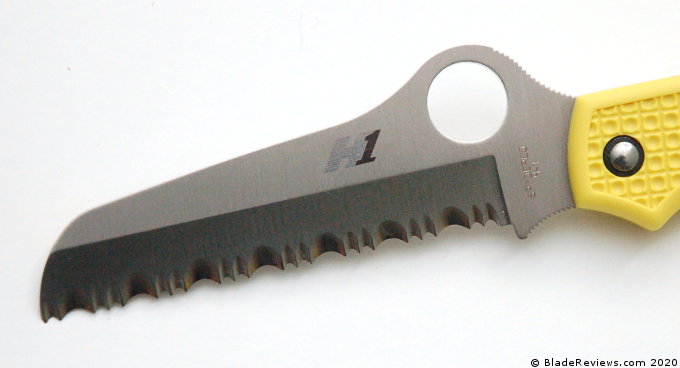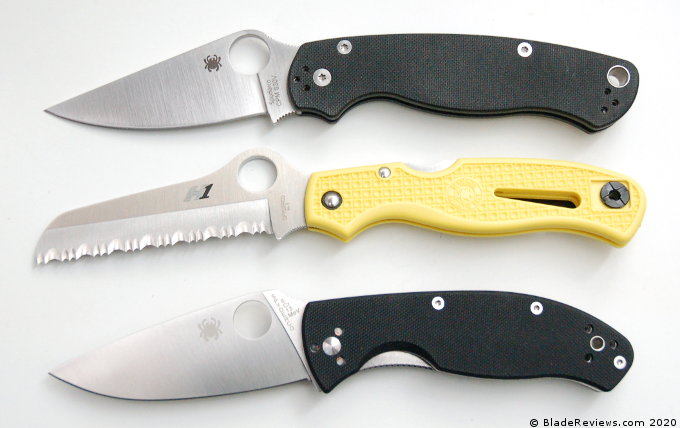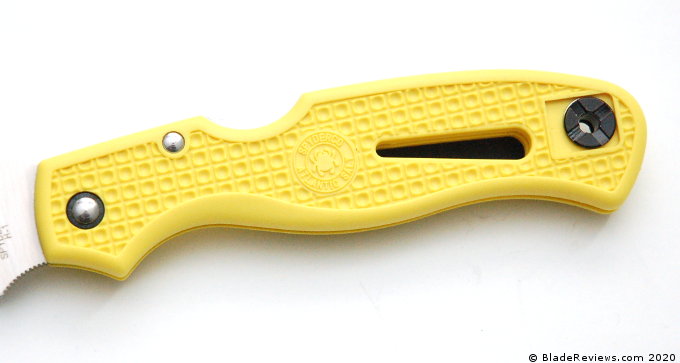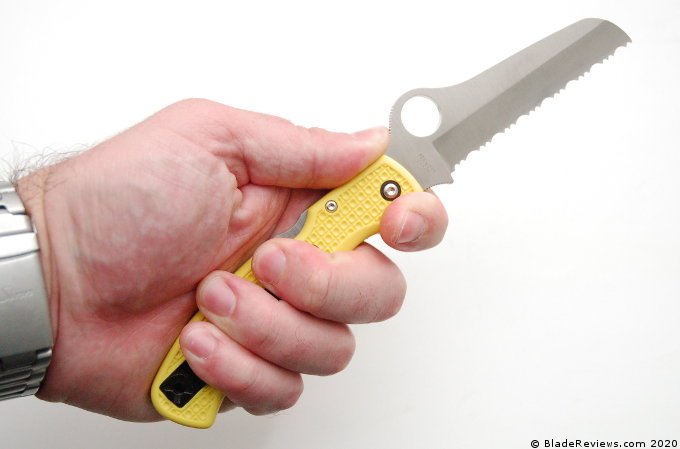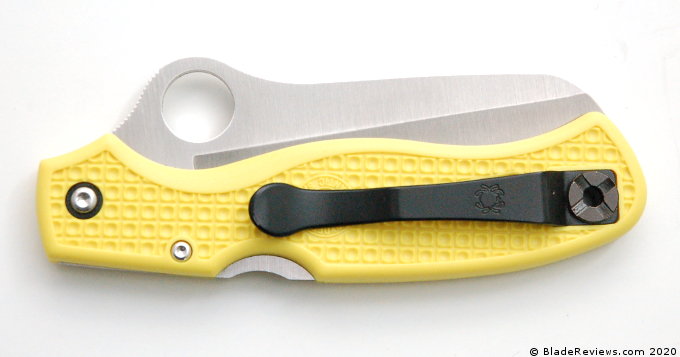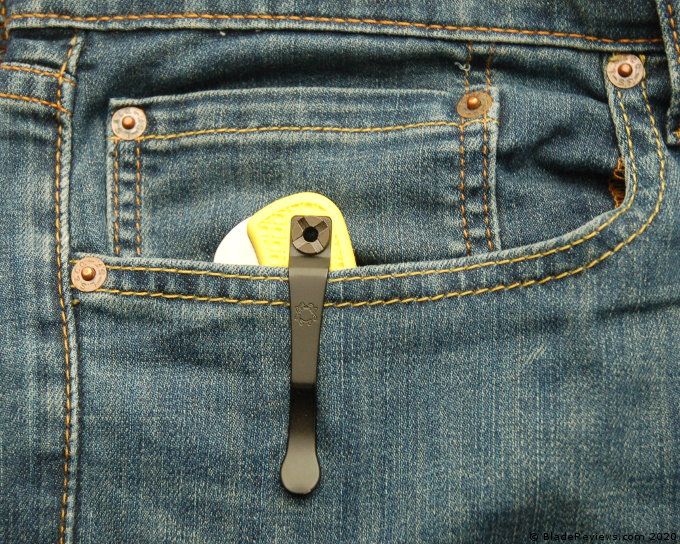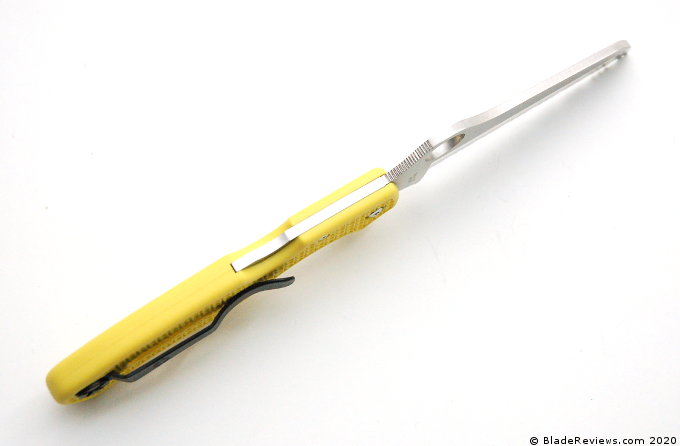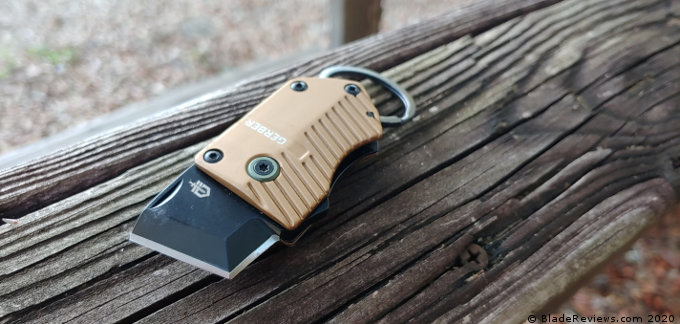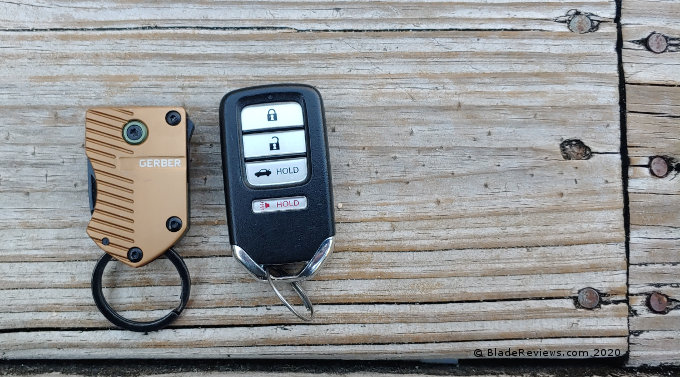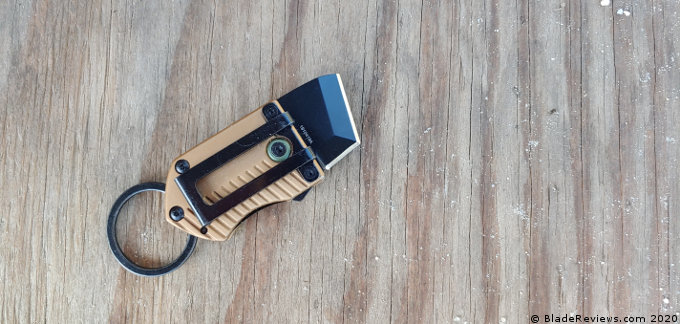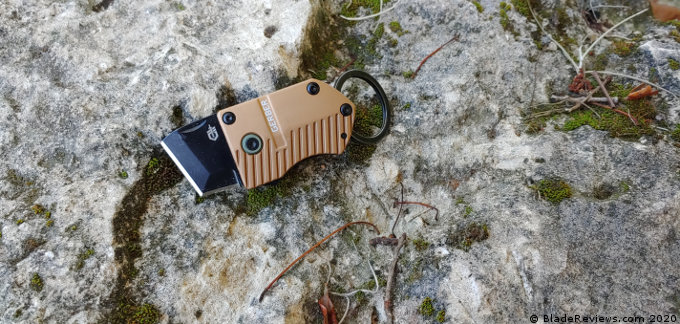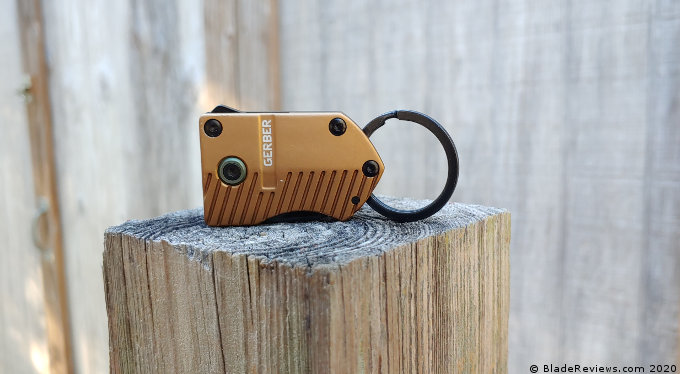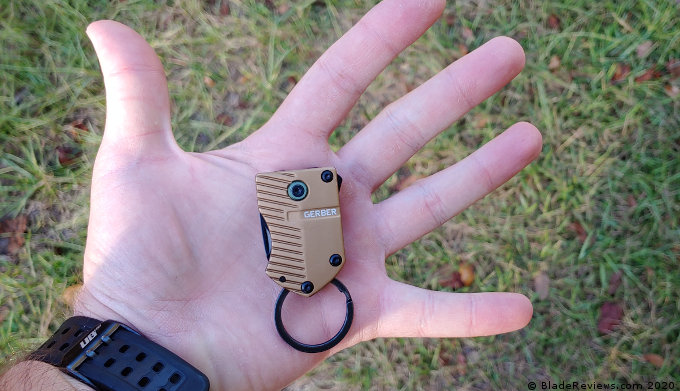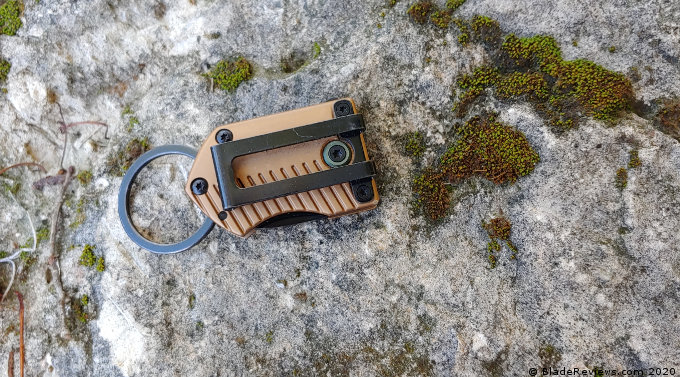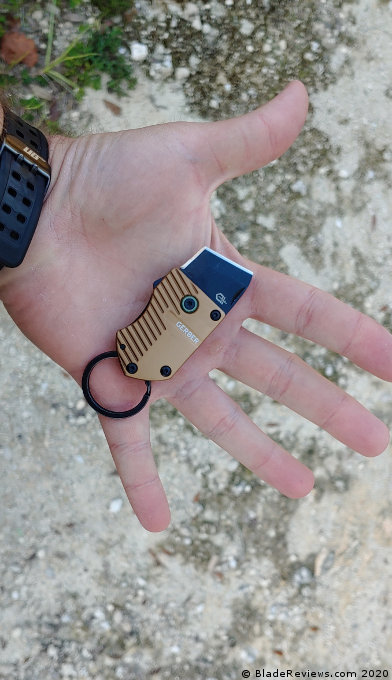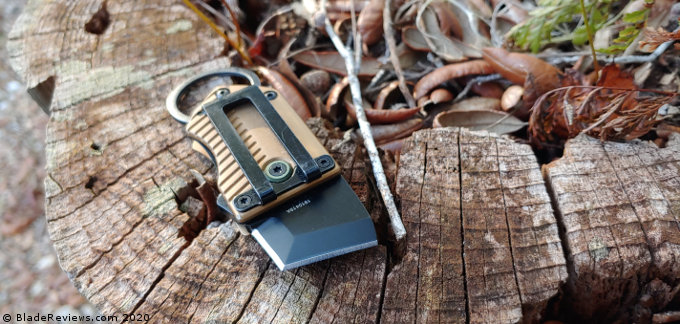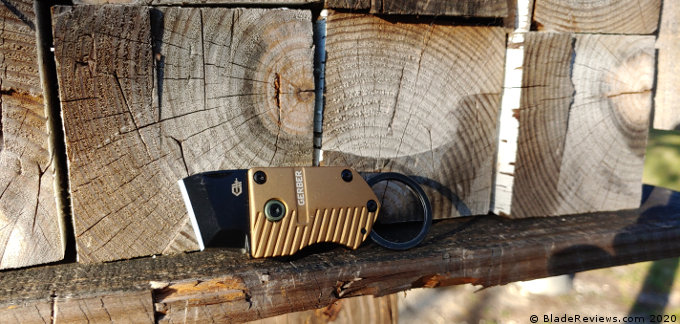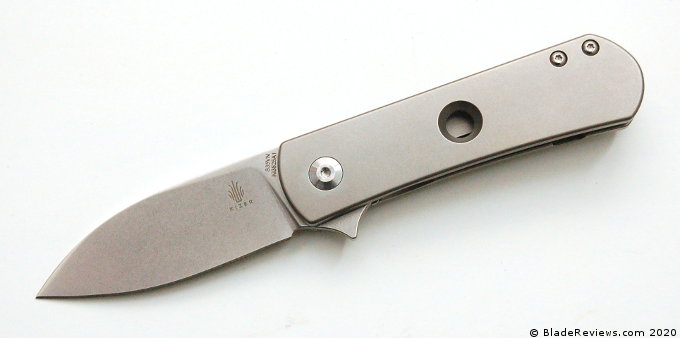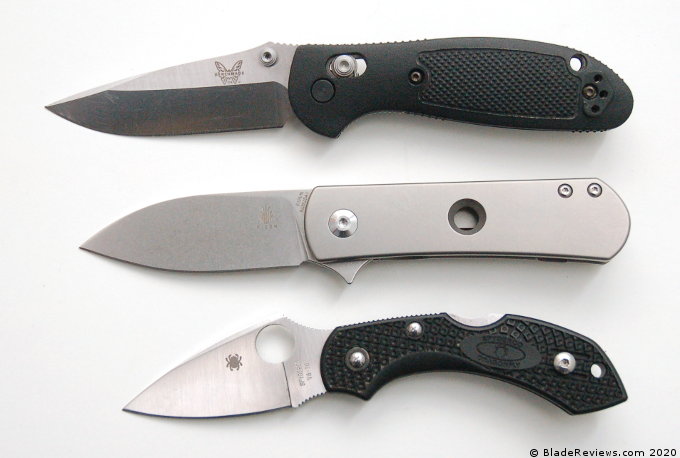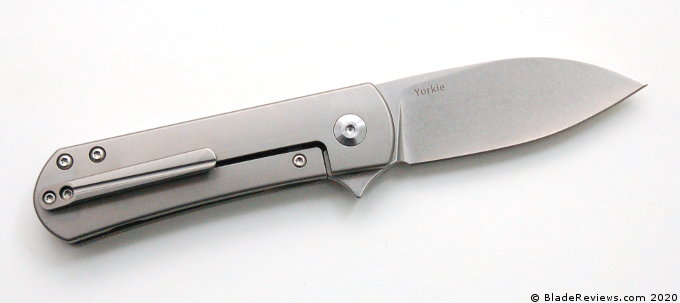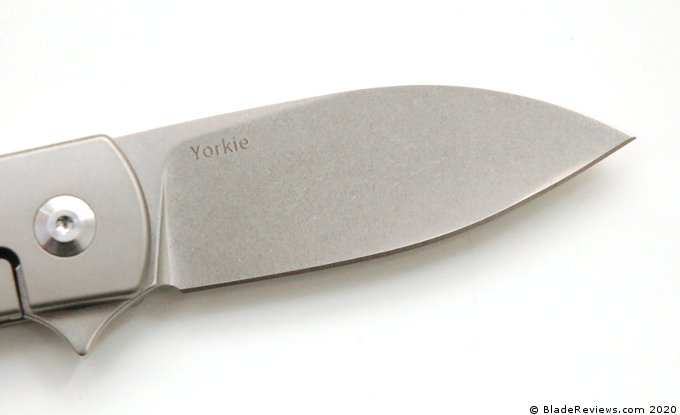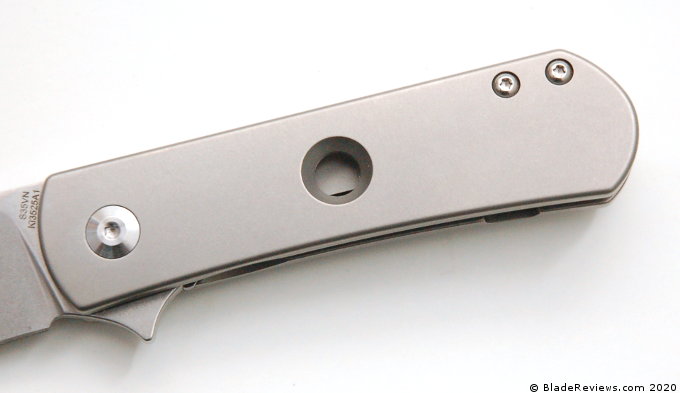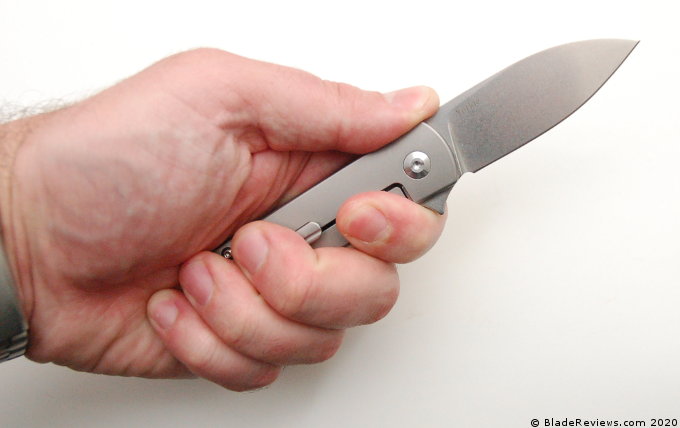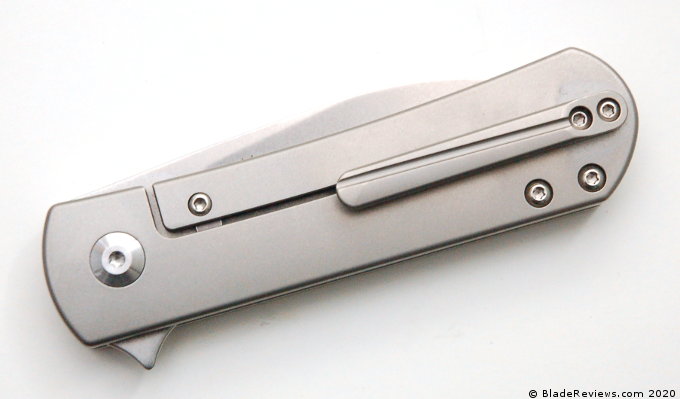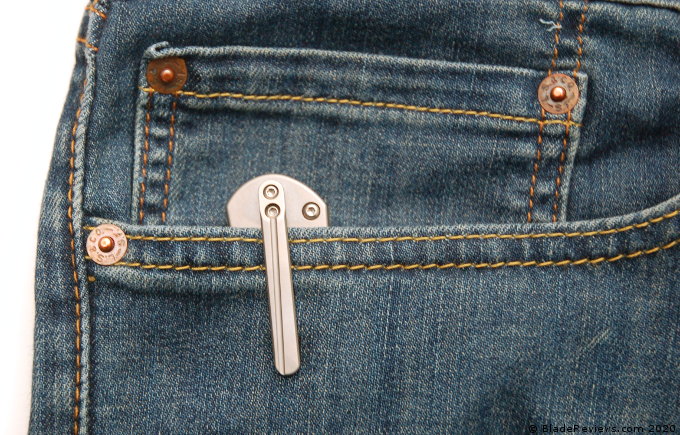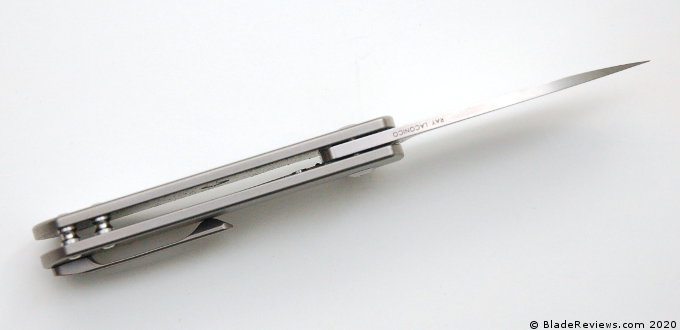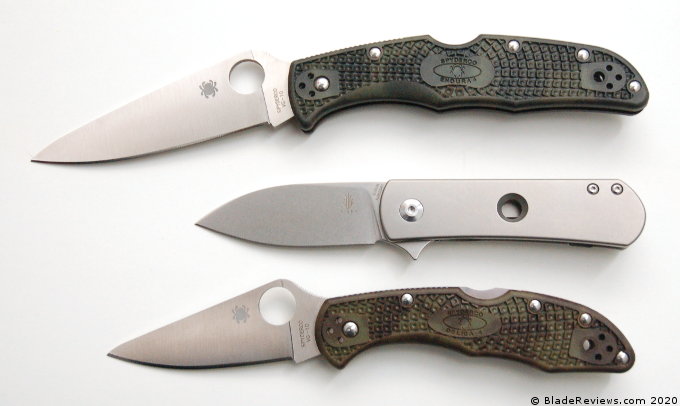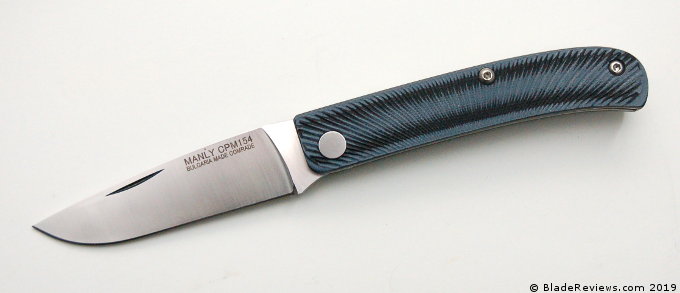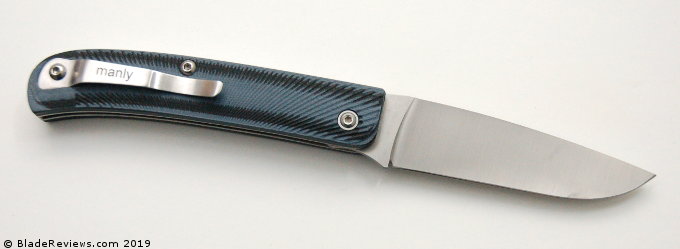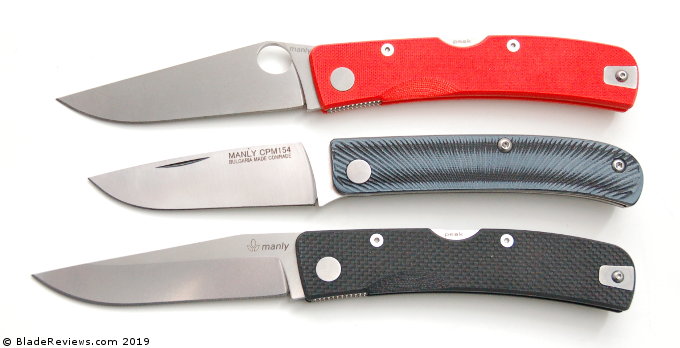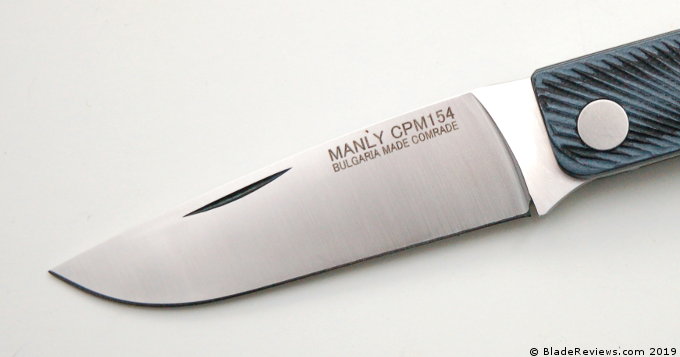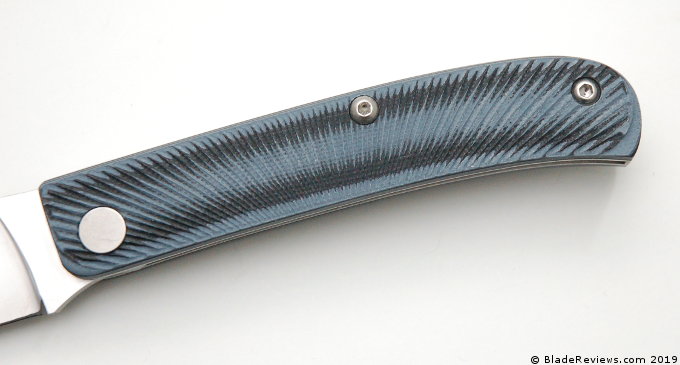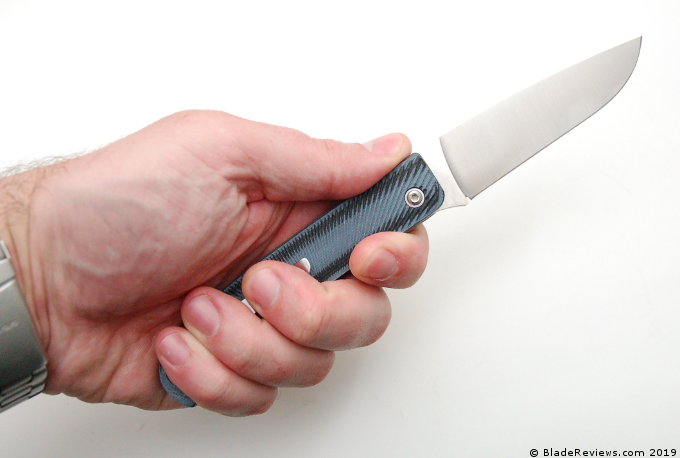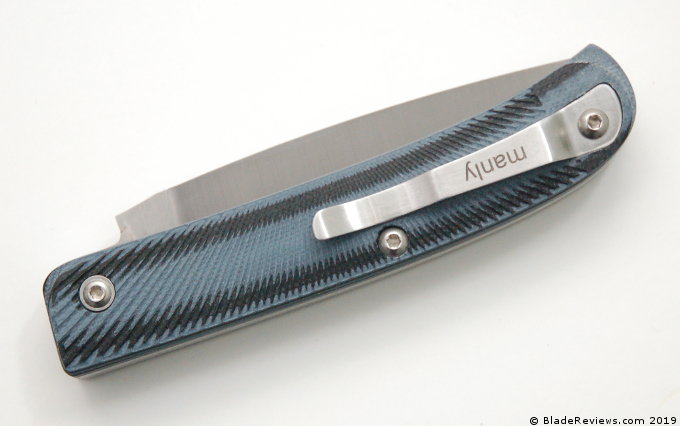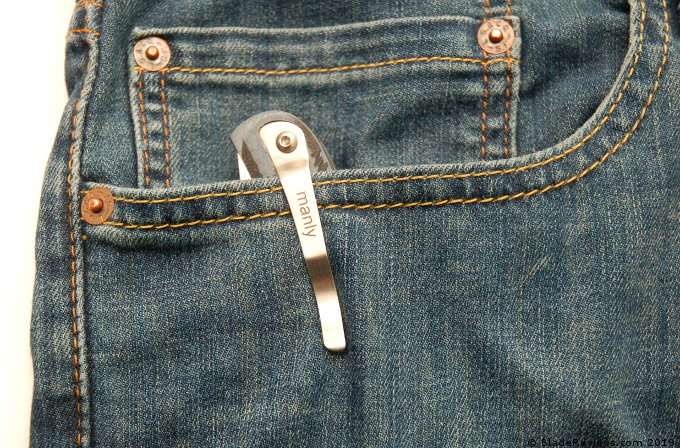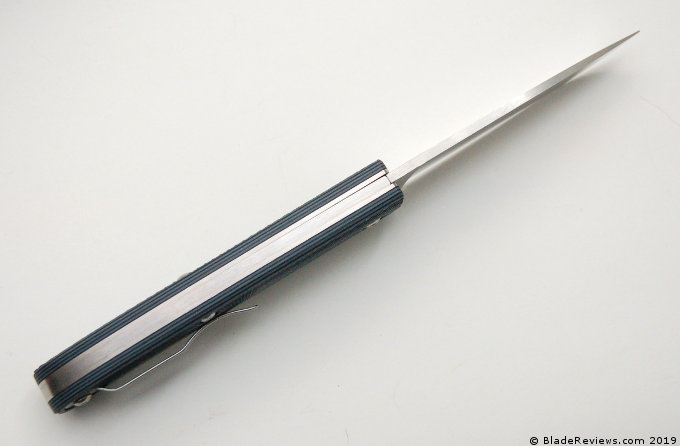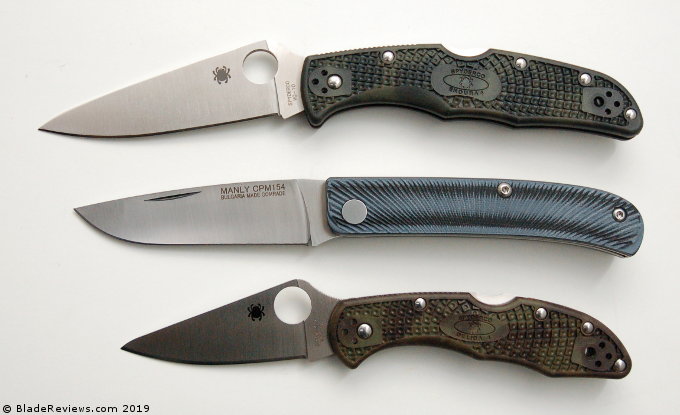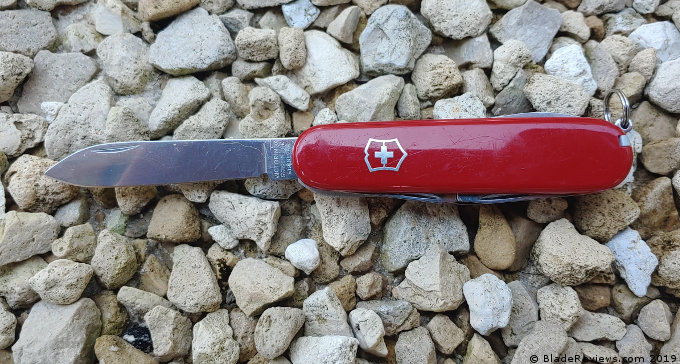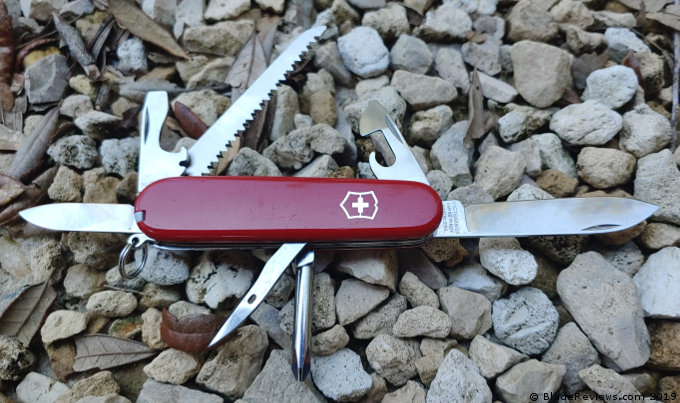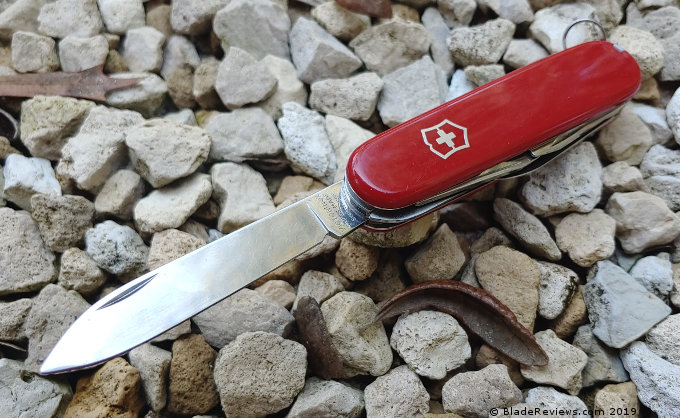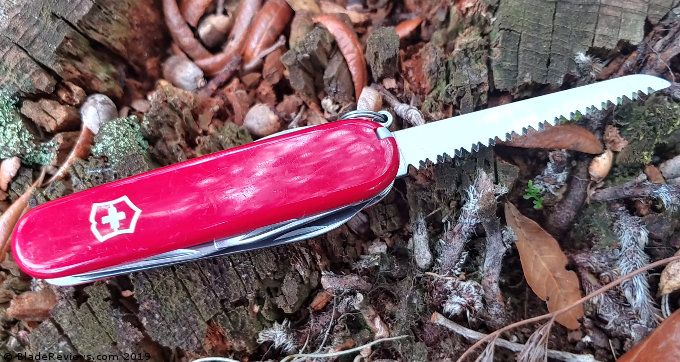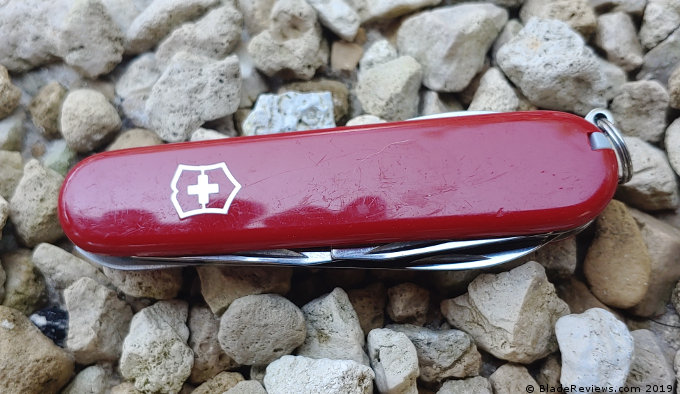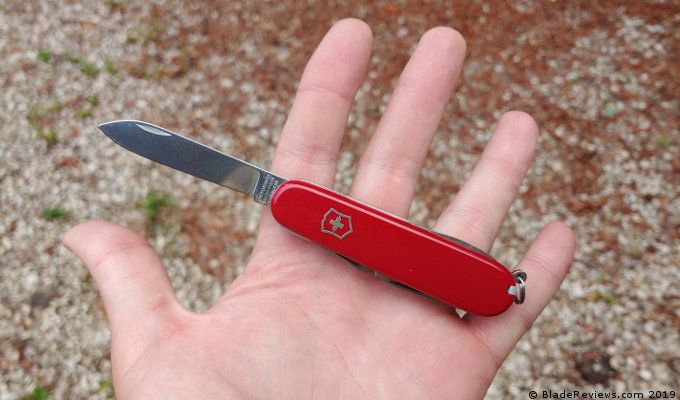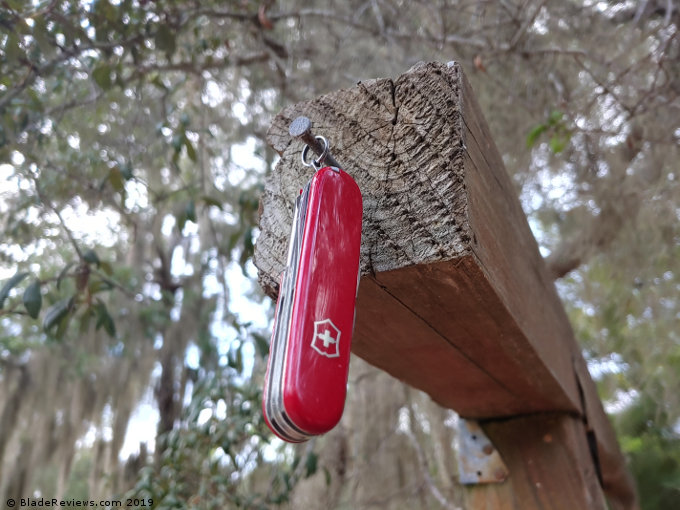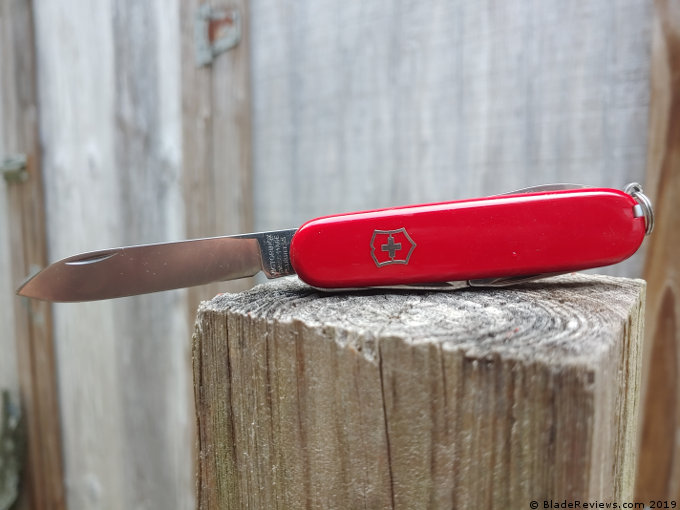I haven’t reviewed much Gerber stuff on here. That’s because these days Gerber’s best known products are plastic handled collaborations with Bear Grylles, or is just super low end, or something like the Downrange Tomahawk – cool, but not something I can review well. I enjoy the occasional fixed blade, but confess that I’m mostly a folding knife guy these days. Thankfully I’ve had some great contributing writers to fill in some of my deficiencies as a reviewer. We actually have a handful of Gerber knife reviews.
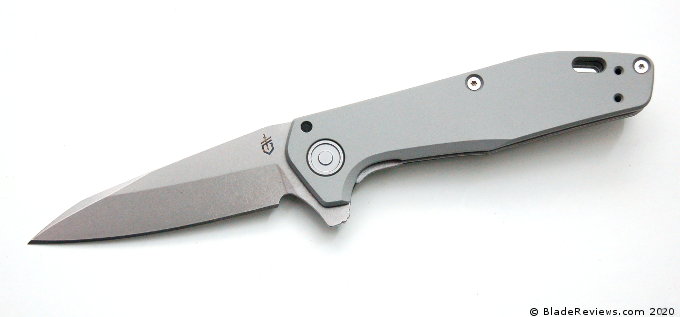
Buy the Gerber Fastball at BladeHQ
The Gerber Fastball is interesting because it’s a folding knife made for a normal person who likes higher end tools. It’s a USA made knife, features premium materials, retails for around $100, and it lacks a celebrity endorsement. Instead, it’s a bearing equipped flipper. It isn’t some novelty knife you can buy at the Wal-Mart sporting goods counter.
And enthusiasts appear to have taken notice. The Fastball has appeared on both EveryDayCommentary and KnifeInformer. That sort of begs the question of whether I needed to review it, but the folks at Gerber contacted me about reviewing the Fastball. Given that Tony and Matt both liked it I agreed to check it out.
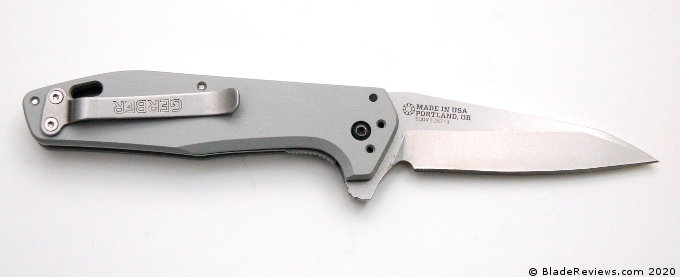
So this knife was provided to me from Gerber free of charge to review and keep for long term testing. As usual, all thoughts are my own.
Speaking of which, is it possible to change my thoughts on a brand with a single product? We shall see.
General Dimensions and Blade Details
The Fastball has an overall length of 7″, a 3″ blade, weighs 2.79, and is made in Portland Oregon. I know, because it says so right on the blade.
The Fastball is targeted firmly at the enthusiast EDC crowd, so it’s no surprise that the proportions of this knife are ideal for daily carry. It’s a great size and weight for my kind of carry, and the Fastball kept gravitating towards my pocket. Here it is next to my Spyderco Delica:
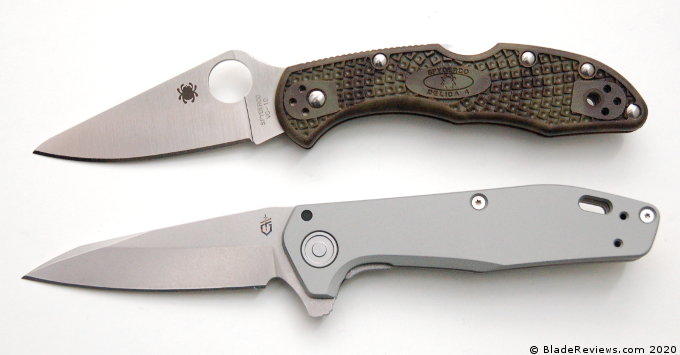
Although I’m not the biggest fan of the Delica, I like the size of it. And I like the size of the Fastball too. It’s small enough to forget you are carrying it, but large enough to get all sorts of work done.
The Fastball comes equipped with a distinct reverse-tanto blade. In a way it seems polygonal. Or maybe it is a study of triangles. I didn’t do particular well in Geometry. Looking back, that was the beginning of the end for me. My parents always wanted be to be a doctor, but I always struggled with math. Calculus evades me to this day. Now I’m a divorce lawyer who only needs to know how to divide by 2. Regardless, I get a futuristic vibe from this model due to all the aggressive angles. Was the Fastball actually sent from the future to protect us from being enslaved by a race of cybernetic beings? Quite possibly. It doesn’t take many cues from the traditional drop point hunter.
Despite it’s non-traditional styling, the blade of the Fastball is fully functional. Reverse tantos can be among the best EDC knives. Just look at the Benchmade 940. Here we have a little less belly, but a low and fine tip. The blade comes with a shallow partial hollow grind, and has been left with a lustrous stonewashed finish. Details include a small swedge, and a long even edge.
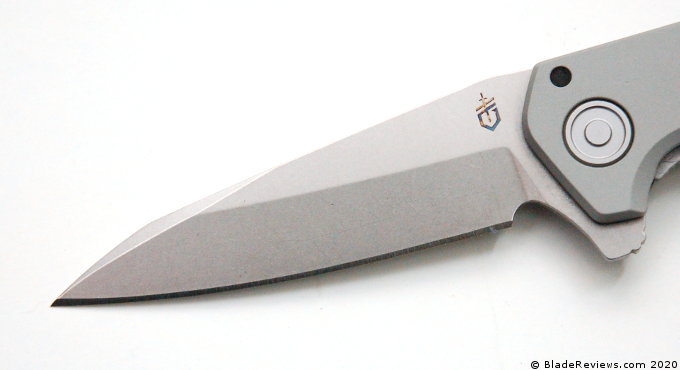
Gerber selected S30V blade steel. In some circles S30V may be getting a little long in the tooth, but it is still highly serviceable blade steel and remains a totally appropriate choice at this price point. In some cases I have found S30V be a little tough to sharpen, but no one can argue with its good edge retention and high resistance to corrosion.
In practice my Fastball has proven highly capable. That low thin tip easily gets underneath envelopes and in between the folds of boxes. The edge is wide and shallow so it’s easy to keep sharp. The Fastball also excels at fine tasks like preparing strawberries. Here in Florida we are just getting into strawberry season, and they happen to be my girlfriend’s favorite fruit. So the Fastball has been deployed to process cartons of strawberries. Neatly trimming the leafy tops, and excising any bruised flesh with surgical precision. Usually that’s a task I reserve for my nimble Dragonfly 2, but the Fastball has been a great stand in.
Speaking of the Dragonfly 2, here the Fastball next to it and a Mini Griptilian:

All said I find little fault with the blade of the Fastball. Perhaps an upgrade to S35VN would have been nice, but that’s nit picking.
Handle, Ergonomics, and Blade Details
The Fastball comes with aluminum handle scales. The show side is solid aluminum, while the flip side is aluminum over a stainless steel liner. The handle is screw-together construction with a geared black FRN backspacer. The fit of this handle is good. All the parts line up and come together solidly. There are some nice details including a custom pivot, countersunk holes for the body screws, and a slotted lanyard hole that looks like more than an after-thought.
Where the Fastball impresses a little less is in the the finish of the stainless steel pieces. You can see machining marks on the edges of both the steel liner and the pocket clip. Also, the aluminum handles have some attempts at chamferring around the edges, but no true 3-D contouring like you see on a lot of titanium handled pieces. I also don’t like how the body screws thread directly into the aluminum handle. If you take the knife apart often they could eventually strip out. Steel standoffs or bushings would have been more robust.
Are these deal breakers? Absolutely not. Given the price, the materials, and the fact that this is a USA made product, something probably had to give. These are areas where compromise is evident. It gives the knife a less premium feel, and more of tool vibe.
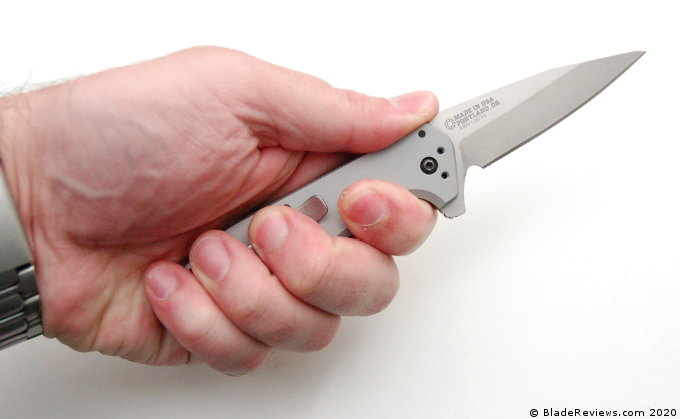
The ergonomics are also strictly business, but in a good way. The Fastball feels at home in the hand. The handle itself is generous, and easily accommodates a full 4 finger grip. While the handle isn’t heavily contoured, the chamferring Gerber did works. As a result, the Fastball is comfortable. The only area that pokes out a little is the release tab for the liner lock, but that’s so you can easily unlock the blade. It also provides a little texture underneath your index finger, not a bad idea given the knife is not otherwise heavily textured. The Fastball provides the ergonomic assurance of a dedicated work knife.
The pocket clip is simple stamped steel. Like I mentioned, it’s a little rough around the edges. Literally. But it’s fully functional and a solid design. It’s set at a slight angle on the handle for some reason. I don’t know if there is a practical purpose for that, possibly to keep the clip from too close to the edge of the handle. It might drive the OCD slightly more insane. Present company included.
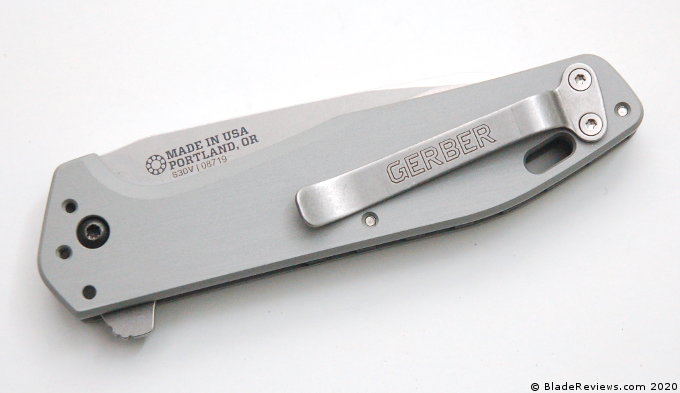
In pocket the Fastball performs great. The clip is strong and secure. It buries the knife deeply in your pocket, but still provides a little sumpin’ to grab onto. And the knife is thin, light, and basically disappears into the pocket. The smooth aluminum handles are easy on your pockets, making the knife a joy to draw out and use. I think the carry-ability factor of this knife is another high point.
Here is your in the pocket shot:
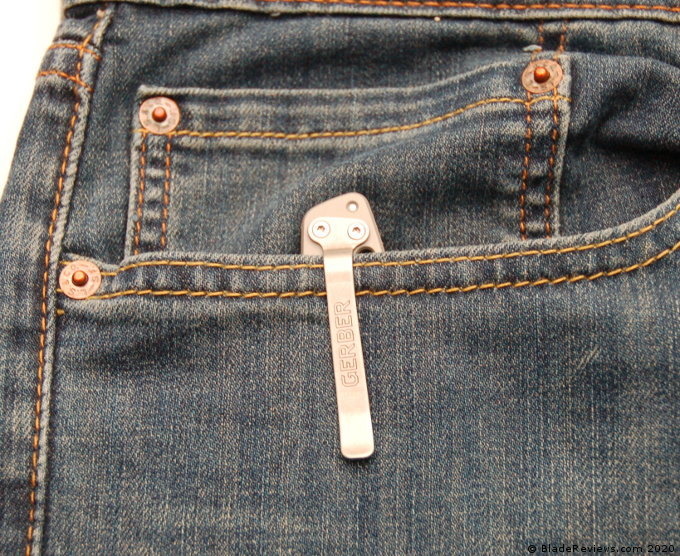
Deployment and Lockup
The Fastball is a liner lock flipper. Some might view that as a poor man’s framelock flipper, but the Fastball stands on its own. The Flipper action is very firm. Firing the Fastball sounds a little like the crack of an air rifle firing. It has a very mechanical feel. I’d put the action at a solid 8.5 or 9 out of 10. It’s crisp, and the sharp jimping on the flipper tab further accentuates that. If you are a fan of stiff action flippers you will like the Fastball.
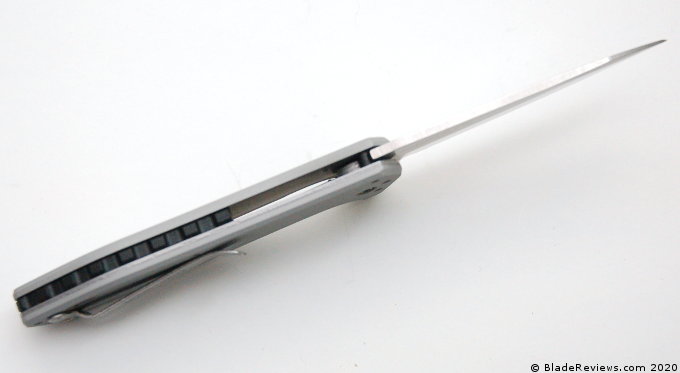
Inside there is a caged bearing system. I haven’t taken the knife apart, but you can see it at the right angle, and a bearing symbol is also printed on the blade. The bearings are smooth and work well at propelling the blade out.
The liner lock works well. It engages fully, and holds the blade securely in place. I noticed my pivot kept loosening up, so a little lock tite is a good idea. With the pivot tightened everything works, but there is a small amount of side to side blade play in my knife. Nothing dangerous, but noticeable. The lock bar disengages easily and there is no lock stick.
Blade centering is good on my knife but not perfect. It falls towards the show side as the pivot loosens.
Gerber Fastball Review – Final Thoughts
The Fastball is a solid effort from Gerber. If you are looking for a no-nonsense higher end work knife I think it’s worth considering. While the design doesn’t reach the iconic status of the Para 2 or Griptilian, I found it to be a great size for an EDC knife. For example, it falls in between the Mini Griptilian and the full size Griptilian, giving it Goldilocks “just right” appeal.
The knife is also practical in other regards. Regular readers know I’m a sucker for a good work knife, and the Fastball strikes me as a small but refined work knife with a lot of versatility. It could work well in an office setting, but it also would work underneath the hood of a car or on a hike. The combination of capable blade, comfortable handle, and excellent carry make it a surprisingly sweet EDC piece. The snappy action, smooth bearings, and lightweight construction all serve to subtly elevate the knife. It’s not perfect, but it gets a lot right.
Where the Fastball falls short is that it doesn’t quite deliver that premium knife experience. The machine marks on the edges of the pocket clip and liner, the use of aluminum rather than titanium, the lack of true 3-D contouring on the handle, the slight bit of blade play. Knife users may be willing to overlook these quibbles for a practical work knife, while knife collectors may turn their noses up. But then again, this is a $100 made in USA folding knife. Not a $150-$200 Chinese folder.
At first glance the Fastball struck me as a humble offering, but it quickly grew on me. Mostly after I started to carry and use it. I wasn’t immediately impressed when I pulled the Fastball from it’s box, and as a collectible I’d probably pass. But as a user piece I can easily recommend it. When you consider that a Delica costs ~$85 these days, I’d pay the extra $15 for a Fastball. I think it’s well worth it.
Check it out if you want a well made and practical flipper for around $100. The fact that it’s a made in the USA is a big plus in my book.
While the Fastball hasn’t completely changed my view of Gerber, it’s definitely a step in the right direction. Good job, Gerber.
- Pocket knife made from high carbon S30V steel with machined aluminum handles
- Manual finger flipper deployment and reliable detent make this EDC knife safe and secure
- Finger flipper won’t tear fingers up, yet stiff enough for smooth flip knife deployment every time
- Designed as a slim, lightweight knife with single liner for off-centered 3 in. blade
- Gerber knife features Wharncliffe/drop point blade with shallow flat grind and needle tip point
Editor: I recommend buying the Gerber Fastball at BladeHQ or Amazon. Thank you for reading.
